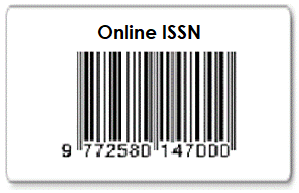Investigating Critical Thinking Skills in Debate Class through the Use of the Case Method
DOI:
https://doi.org/10.32332/joelt.v12i1.9266Keywords:
case method, critical thinking, debate class, oral communicationAbstract
Classroom debates serve as a pedagogical tool to enhance students' critical thinking skills. This study investigates classroom debate and case studies as tools to augment students' critical thinking abilities. There are still many students whose critical thinking is still lacking in daily life and in supporting their education. With this debate class, students can improve their critical thinking because they are faced with a case study that students must solve. It explores the significance of critical thinking in education and classroom debates' role in fostering critical thinking, oral communication, and independent learning. The research conducted for this study employed descriptive qualitative research methods to investigate the impact of classroom debates on students' critical thinking skills. Participants came from Tidar University students who had previously attended debate classes in the 3rd and 4th semesters. The sample we processed the data from was 31 participants. The findings indicate that the debate sessions have substantially improved students' thinking abilities, as demonstrated by their enhanced capacity to identify assumptions, evaluate pertinent and coherent evidence, and identify logical fallacies in arguments. Case method in debate class also helps students to support problem-solving skills that can improve their critical thinking ability. Furthermore, this article proposes incorporating case study activities within debates to enhance students' critical thinking skills further, ultimately benefiting them in their academic pursuits.
















